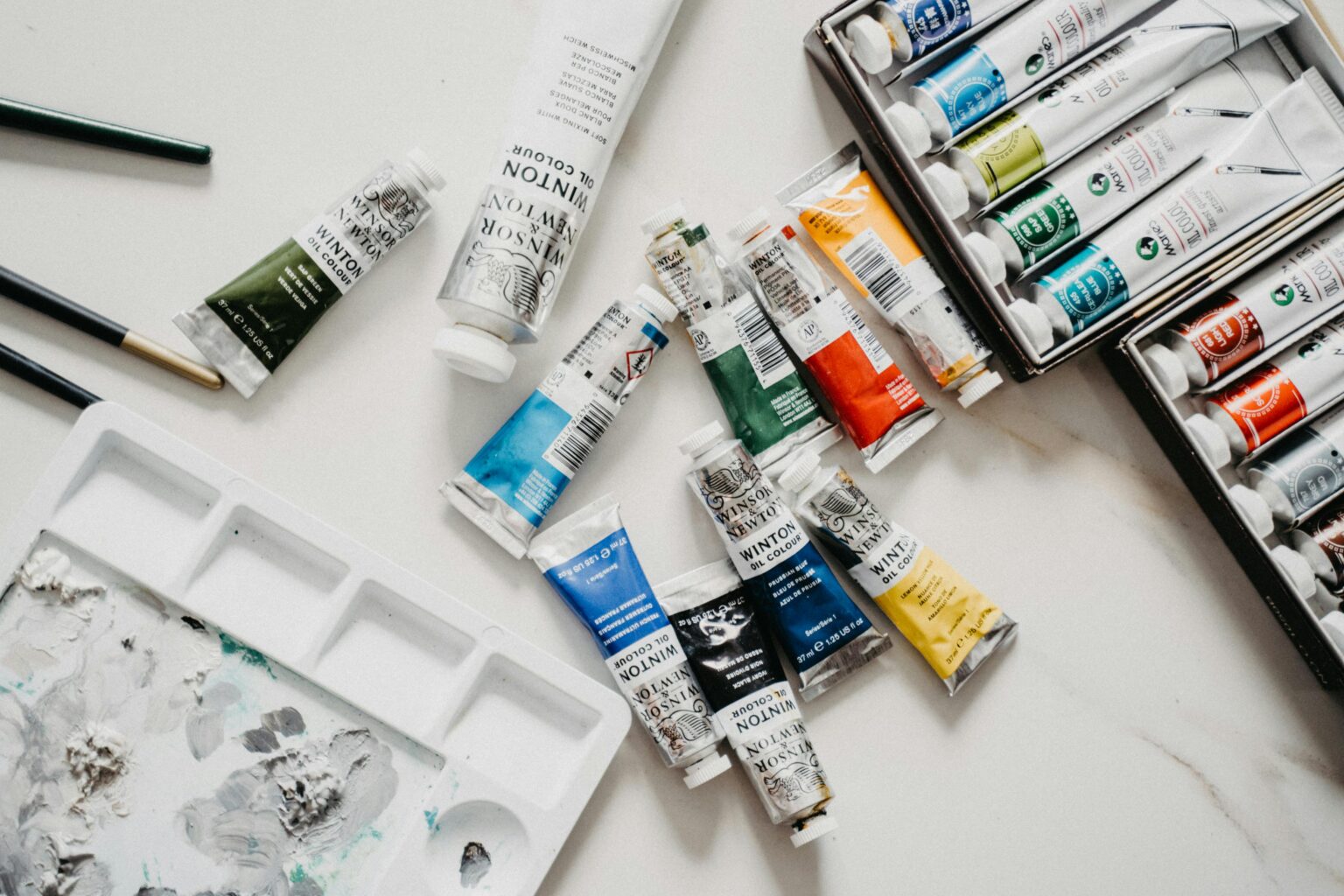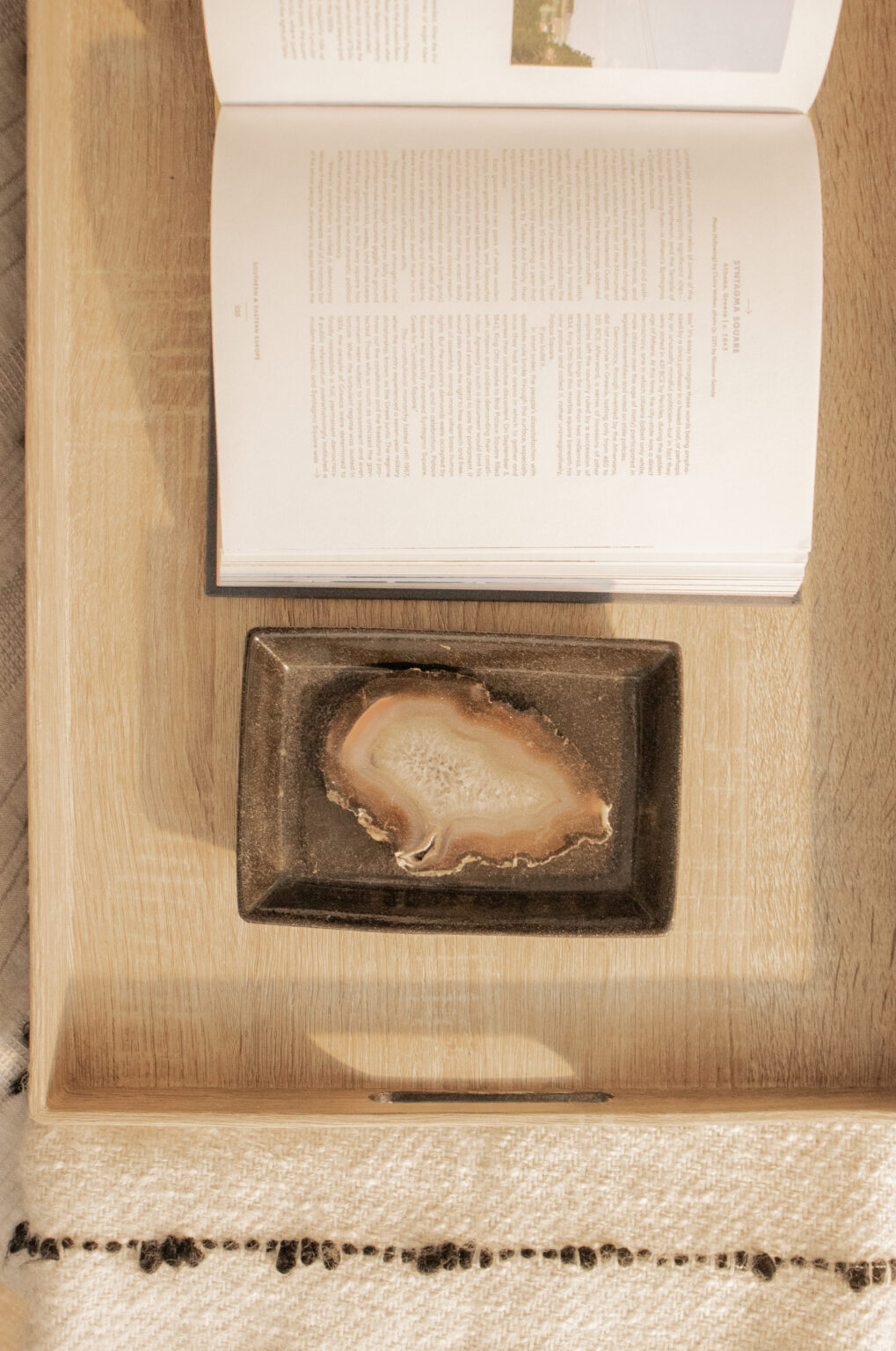With ever-increasing competition and heightening consumer standards, branding is now more important than ever before. That means that companies have to get creative with the way they present themselves (and their products and services) in order to impress consumers and convince them to buy. Of course, branding is extremely complex.
When it comes to building a brand, experts have helped simplify things a bit by breaking down 12 main “archetypes,” or 12 brand personalities, to help companies determine how they should represent themselves in order to attract their ideal customer base. Before we dig more in-depth into how a brand can choose the right archetype, let’s go through the whole dozen.
Quick Overview of All 12 Brand Personalities
A dozen archetypes might sound daunting, but don’t fear. Here’s a quick breakdown of all 12 brand personalities with examples of each. You’ll notice that each has some keywords and colors listed that we often associate with the different personas. You’ll also find a short list of personalities (both real people and fictional characters) that represent each archetype.
1. The Lover
The Lover seeks to build intimate relationships with customers by providing elevated experiences that impress and delight. They want to stand out, mystify, charm, and attract indulgent buyers with high standards.
- Keywords: special, affectionate, warm, unashamed, passionate, rich
- Colors: all reds, light pinks, chocolate browns, white, and black
- Personalities: Sofia Vergara, Megan Fox, Adam Levine
- Brands: Chanel, Victoria’s Secret
2. The Explorer
The Explorer is a thrill-seeker that always tries to push things to the limit to see what they can accomplish next. Customers of these brands look to experience new highs and exciting adventures with the aim of finding maximum self-achievement.
- Keywords: daring, fearless, exciting, restless, ambitious, individualistic
- Colors: earthy browns, tans, grays, yellows, and orange
- Personalities: Bear Grylls, Indiana Jones, Amelia Earhart
- Brands: The North Face, REI, Jeep, Patagonia
3. The Jester
The Jester is always playful and sometimes weird, but seeks to have fun and see the positive side in everything. These brands give off a silly vibe and seek to make customers cheerful. An overall sense of lightheartedness and laughter comes to mind.
- Keywords: playful, joyful, lighthearted
- Colors: bright blues, purples, reds, yellows, and oranges
- Personalities: Mr. Bean, Spongebob,
- Brands: M&Ms, Old Spice, Fanta, Ben & Jerry’s
4. The Magician
The Magician seeks to spellbound customers with imaginative feats of innovation. Customers often see these brands as a representation of endless possibilities. They have a vivid imagination and look to impress and excite by trying new things.
- Keywords: moving, fascinating, articulated, mystifying
- Colors: purples, pinks, bright reds, and deep blues
- Personalities: Steven Spielburg, Oprah Winfrey, Walt Disney
- Brands: Coca-Cola, Build-A-Bear, Dyson
5. The Creative
The Creative caters to customers that like to invent, improve, and explore new horizons. Loyalty is very important for these brands and they often attract customers who would describe themselves as “trendsetters.” These brands often become a way of life for their customers.
- Keywords: artistic, metaphoric, unique, inspiring, amazing
- Colors: lively oranges, reds, blues, and greens
- Personalities: Adele, Natalie Portman
- Brands: Dyson, Canon, Lego, YouTube
6. The Outlaw
The Outlaw attracts customers who truly want to live on the wild side while opposing authority. These customers crave excitement, encourage risk-taking, and want to see brands that refuse to take “no” for an answer. There are no limits, they just do what they want.
- Keywords: rebellious, disruptive, combative, righteous, liberated
- Colors: blacks, grays, and attention-grabbing oranges and reds
- Personalities: James Dean, Deadpool
- Brands: Harley-Davidson, Virgin, Diesel Jeans
7. The Sage
The Sage aims to be the go-to source for information as they exhibit great wisdom. Customers of these brands are impressed by logic and innovation while being highly analytical and always striving to learn more. They don’t like being outsmarted.
- Keywords: wise, knowledgeable, analytical, thoughtful
- Colors: earthy greens, lemon yellows, deep browns, and clean whites
- Personalities: Albert Einstein, Yoda, Spock
- Brands: Forbes, National Geographic, BBC
8. The Ruler
The Ruler craves wealth, respect, and prestige with an attitude that needs to be noticed and admired. These brands seek to set themselves apart by offering truly luxury experiences to their customers. They aim to exude a sense of intensity to build a cult following.
- Keywords: commanding, refined, authoritative, strong, level-headed
- Colors: royal blues and purples along with greens and powerful reds
- Personalities: Beyoncé, Zeus
- Brands: Louis Vuitton, Rolex, Mercedes-Benz
9. The Caregiver
The Caregiver is generous and promises safety and security to every customer. These brands aim to be selfless, compassionate, and motherly in nature while offering products that are purposeful and effective.
- Keywords: kind, generous, considerate, thoughtful, protective, attentive
- Colors: baby pinks and blues, pastels, and soft or deep colors
- Personalities: Princess Diana, Dennis Haybert
- Brands: Unicef, Toms, State Farm
10. The Innocent
The Innocent keeps positivity at the heart of what it does, but kindness and honesty are also critical. These brands attract customers that appreciate transparency. They aim to be genuine and come across as sincere, simplistic, and down-to-earth.
- Keywords: simplistic, cheerful, optimistic, hopeful, encouraging
- Colors: pure white and many “childish” colors, like pinks and light blues
- Personalities: Dorothy (Wizard of Oz), Forrest Gump, Taylor Swift
- Brands: Aveeno, Dove, McDonald’s
11. The Everyman
The Everyman is the regular guy or gal. Practicality is the name of the game, keeping away from bells and whistles and focusing on relatability. The focus is on being humble and welcoming, like a friendly neighbor.
- Keywords: friendly, authentic, humble, relatable, practical
- Colors: denim blue, taupes, greens, and deep reds
- Personalities: Drew Barrymore, Anne Hathaway, Emma Stone
- Brands: Target, Walmart, eBay, IKEA
12. The Hero
The Hero is courageous and strives to offer quality and value while showcasing endurance and progress. The customers of “hero” brands like to express their self-confidence as they put their trust into brands that promise state-of-the-art, groundbreaking products.
- Keywords: brave, candid, trustworthy, courageous, committed
- Colors: lively blues, yellows, superhero red, and other confident colors
- Personalities: Hugh Jackman, Superman, Gladiator
- Brands: Nike, Gatorade, Snickers
How To Pick The Right Brand Personality
So many businesses try to play “catchup” after launching as they try to figure out their brand as they go along. This is frustrating, time-consuming, inconsistent, and can end up costing you money in wasted advertising dollars.
The best thing you can do is figure out your brand before you hit the market, and you can do that by first deciding what your core values and target audience are. Your brand personality needs to connect the products you offer with the people you look to serve, so take time to narrow down the 12 main brand personalities above.
1. What Are You Selling To Who?
While the type of products you sell will definitely have an impact on your archetypes because it impacts who you’re selling to, don’t automatically rule out certain archetypes based on your offering alone.
You need to do some research to understand your market and then you can decide what brand personality your customers would relate to the most. Drawing up an ideal customer persona (or multiples) will help you out tremendously.
2. How Do You Want Customers To Feel?
Describe how you want people to feel when they interact with your company. For instance, State Farm (“The Caregiver”) wants customers to feel listened to and cared for, and they say that perfectly in their motto: “Like a good neighbor, State Farm is there.”
Meanwhile, Nike (“The Hero”) wants to empower their customer base. Their motto reflects that attitude, constantly encouraging people with the words, “Just do it.” This perfectly suits their market of young athletes and active individuals who seek motivation and self-accomplishment.
3. Why Are You In Business?
Figuring out what drives you as a company is another major part of the branding equation.
Outlaw brands, for example, are driven by a rebellious spirit. They want to do things differently, oppose authority, and find their own road. There can be overlap with Ruler brands, which are also commanding, authoritative, and strong, but Rulers don’t necessarily strive to be different. Rather, they focus more on being prestigious with the ultimate goal of being noticed, admired, and respected.
Similarly, Hero brands are enduring, brave, and courageous, but they’re committed to progress and value above all else. Unlike Outlaws, they won’t go out of their way to find opposition, but they do express great integrity and will stand up for their values. Unlike Rulers, Heroes don’t seek to simply impress, but to empower and inspire through admirable work.
Obviously, there are many more brand types that you should go through and compare to find the right one for your company, but these three (Outlaw, Ruler, and Hero) are actually the three most desired/popular brand archetypes at this time.
4. Where Are You At In Your Journey?
With a wealth of information on brand archetypes and customer personas, most startups are coming straight out of the gate with a strong brand. However, businesses that have already been established shouldn’t get left behind. Whether you’re just starting or celebrating decades of experience, it’s never too late to work on a stronger brand image.
Many companies are now finding that their customer base has changed (or perhaps they never fully understood them to begin with) and they are re-branding themselves in response. This is a critical step to remaining competitive and relevant in today’s markets.
What's Next?
If you find that your existing brand image doesn’t match your market, or if you lack a defined brand at all, now is the perfect time to establish a branding strategy. It will take time to elaborate on your brand’s individual personality, but the above archetypes are a good place to start. As a final tip, remember: Consistency is key!
- How to Identify Your Zone of Genius
- Getting Started With Earned Media & PR
- The Media-First Marketing Model
- Circular Content: Share & Repurpose With Intention





